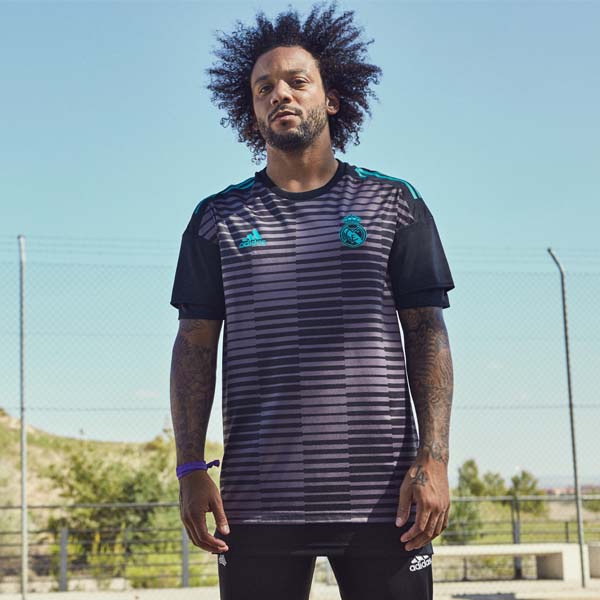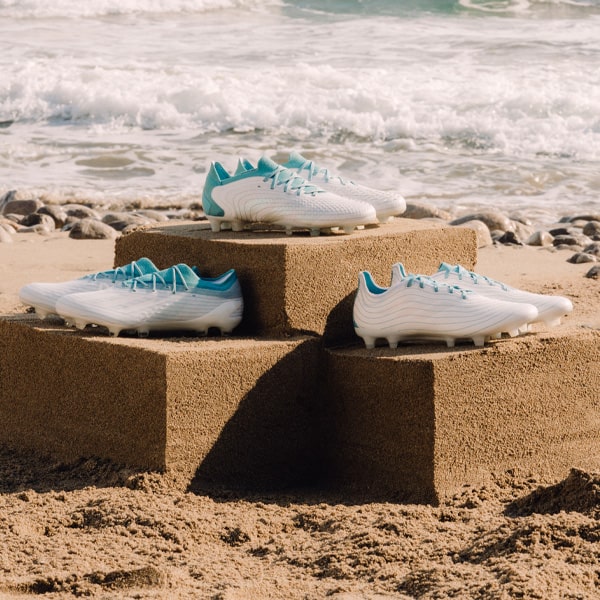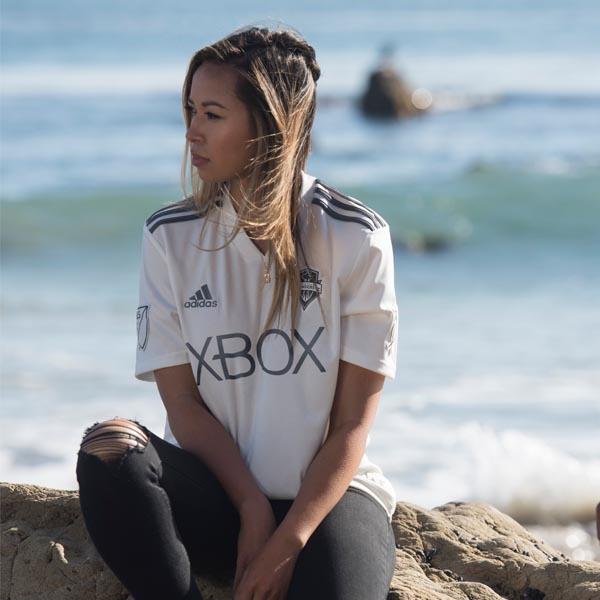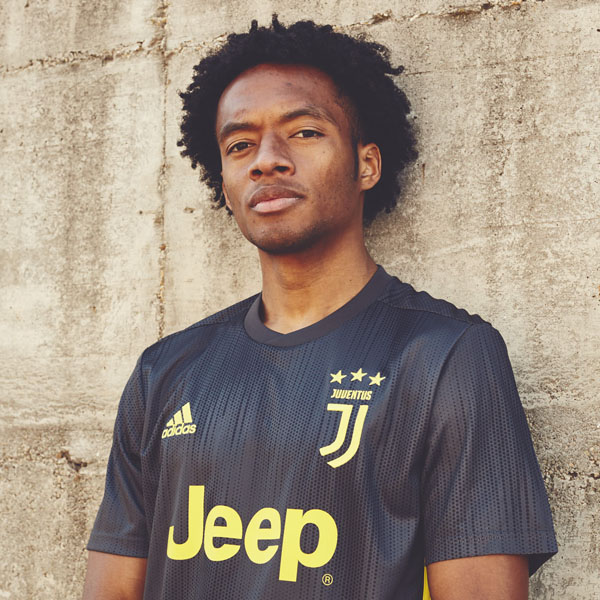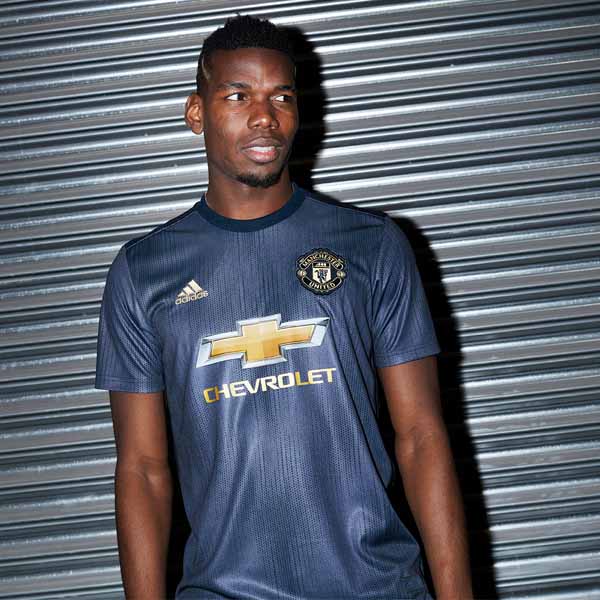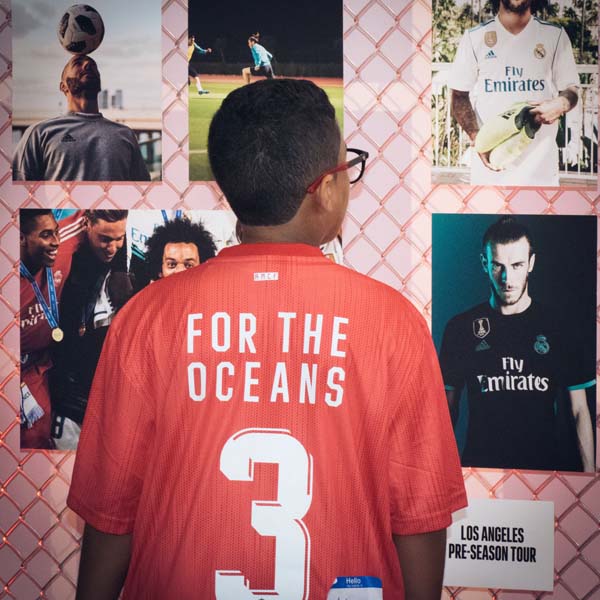Changing the game is a claim that many brands throw around when developing their products. Making players quicker, stronger, more efficient is natural practise but Cyrill Gutsch and adidas are genuinely changing the game with the Parley for the Oceans initiative. Not just changing the game but changing the world.
Founder of Parley, Gutsch is one of the most inspirational characters in environmental circles and his Parley for the Oceans initiative that aims to protect the seas is spreading the powerful message through football. On the back of the adidas Parley for the Oceans shirts being worn by four MLS clubs we sat down with Gutsch to hear more on his campaign and how collaboration is key to positive change.
Cyrill, can you tell us a little bit about your background before you started the Parley for the Oceans initiative?
Before I started Parley I was running a design company specialising on turning around brands that were going sour or launching new ones. We worked with a lot of sports and fashion brands too on identity, product concepts and media strategies. In 2012 I met environmentalist Paul Watson, the founder of Sea Shepherd & co-founder of Greenpeace, and I thought he was just one of the coolest environmentalists I’d ever met and he was my door into the oceans cause.
I started helping him by campaigning for him and learned about what was going on in the oceans and it’s crazy. We’re destroying our support system. Not only does the weather and food depend on them but it’s also the air that we breathe is mainly generated by the oceans. The idea that oceans could die is a drastic one and it motivated me to start the Parley initiative and the design company.
Incredible work indeed. What was the main objective of the Parley for the Oceans initiative?
When you look at the environmental issues that we’re facing right now all the problems are caused by the way we’re doing business. As a creative I would always advise businesses in which direction they have to develop so I blame myself too. I began to think how I could use my influence on the economy to drive change.
Business these days is totally depending on design, technology and media reach. These three things are pretty much in the hands of the creative community – designers, artists, journalists, scientists. So, it’s our obligation to make a better blueprint of the future and get these companies to change; that was the core idea. Charity can’t just solve the problem. It’s a huge business that creates the problems and we have to make the huge business solve the problem. It has to be the next big thing to protect the oceans.
We focused first on marine debris and we renamed it to Ocean Plastic because it’s more direct. We wanted to let businesses know that if they change their company then there is a benefit and by clearing this trash and making people aware of the affects of Ocean Plastic we succeeded. It tells the travesty that nobody wants to listen to. That was the approach, to see it as an opportunity to change and use collaboration and technology to invent our way out of it.
Can you tell us where the materials come from and the process of turning them into the products?
We are mainly focusing on small island development states. That’s how the United Nations define it. These are all the countries that you would normally call paradise that are sitting in the middle of the oceans, and where a lot plastic washes up. This plastic comes foremother countries and washes up on these islands or is dumped by their inhabitants.
Often the plastic is broken down into tiny pieces or larger chunks. These islands don’t have the right systems in place to deal with their own trash. This plastic never dies once it’s created – when you throw it in the trash it doesn’t disappear. It can make its way into the oceans and pollute them and these small islands depend almost entirely on the oceans too, they have big fisheries and the plastic kills them and it’s also bad for tourism. So we said, let’s gofer paradise first and help these islands and help these states get the plastic problem under control. We started in the Maldives and Grenada and we’re now in process of onboarding all 38 SIDS countries.

How did the collaboration with adidas come about? You must have had numerous invitations to work with other brands. Why was adidas the right one to link up with?
Before we even knew the potential success of this initiative we always knew that the first brand we wanted to approach was adidas. They have an old tradition of working in the innovation field and they don’t always put everything out that they have. Eco-innovation and sustainability has been a huge focus for adidas over the past 25 years. We just felt that this brand was totally up for taking on the challenge and lead it, but also it was a chance to connect the sports world and the fashion worlds, and that’s exactly what we wanted.
I believe in trends. I believe that you have to create a big movement before change can happen. The company that I could see being able to create global trends was adidas, and that was the reason we approached them. We were in negotiations with the brand for almost two years when Eric Liedtke, a big ocean lover and surfer, was appointed on the executive board of adidas he totally got on board with the idea. The new team really see the potential and that this could be the future of the brand. They don’t see it as a charity, they see it as an obligation and an advantage. Adidas really opened their doors to us, they allowed us to send our experts into their labs. They’ve started to ban plastic items in their headquarters and now it’s going all the way along into all different segments. They’re pushing it hard.
How much has this collaboration helped spread the word about the Parley initiative?
I think the main thing is that adidas helped us with the vision of 'Ocean Plastic™', by turning plastic debris from the oceans into a premium material. They gave us access to their full supply chain. We can now use these materials in other industries. Adidas have given us full commitment, they don’t just use the materials, they have really committed to our strategy and that’s something we are now replicating with any other brands we would work with. A brand like adidas has power, and they have amplified our message to the masses.

Last year you created Parley for the Oceans shirts for Real Madrid and Bayern Munich. How did that come about?
When you look at football specifically it’s truly about collaboration, creativity and technology, which is exactly what Parley is. When we met the players at Real Madrid and Bayern Munich and we spoke to them about the work we were doing they totally got it. It’s a personal thing, everyone has an individual attachment to the oceans in some shape or form. It’s not only the club deciding to work with you, it’s also the player.
We’ve also seen the shirts in MLS more recently. Is there any plans to bring them to the Premier League?
Yeah of course, adidas is working on extending the network heavily. We’ve had one big club wearing the shirts in both Germany and Spain, four clubs wear them in the United States and hopefully the Premier League will get on board with the Parley for the Oceans initiative. It’s all about spreading the message and football does that so well.
Did you have much input in the design of the shirts or was that left to adidas?
At this point, no. We simply didn't have the bandwidth to do that but it is in my heart and we wish to do that. Even if adidas doesn't really need our help. Collaboration is pretty much the nucleus of what we do and co-creation is a big part of that, so yes, we want to design and co-design and bring in other artists to the mix.
How important is it for you to have sporting role models speak passionately about the products?
It’s hugely important because products made from Ocean Plastic™ materials are only a flag, it’s only an invitation to join the Parley strategy against marine plastic pollution, and it has to be translated. The players are great for that because they speak to a very specific network and people listen to them. If they put it into their own words about what it means to them then people can learn for it and make it happen themselves in their personal and professional lives.
The Parley AIR strategy. What’s that all about?
The Parley AIR strategy stands for Avoid, Intercept & Redesign. It encourages people to avoid plastic wherever you can and if you can’t avoid it then you make sure you use a recyclable material. It’s about intercepting plastic too, there’s plastic out there being eaten by wildlife and polluting oceans, let’s get it back and make product out of it. The ‘R’ stands for redesign, let’s redevelop a plastic that’s not harmful. If you translate that to a household there are so many plastic products that you use for just a matter seconds before they are put in the trash. We want people to rethink what they use. But the consumer isn’t where our main aim is, our main aim is targeting the businesses. It’s up to them to change the way they design and the products they use.
You’ve had great success in footwear too. Will we see a Parley for the Oceans football boot next?
This year we are producing a million pairs of shoes with adidas, all made from our ocean plastic and next year they’ll be more across all categories. I can’t tell you at this point about whether they’ll a Parley for the Oceans football boot but you can definitely let your imagination answer that question. There will be a lot of cool stuff coming up, let’s just say that.

